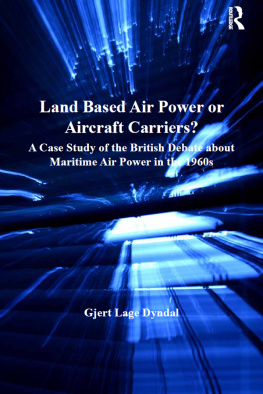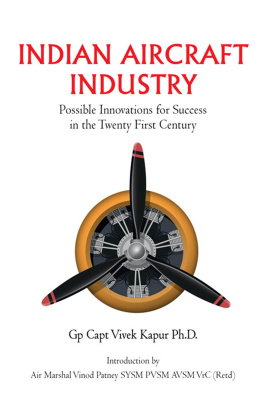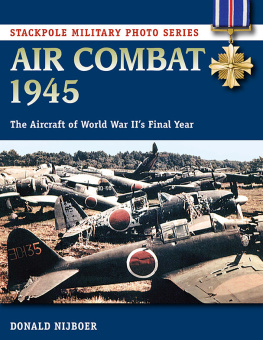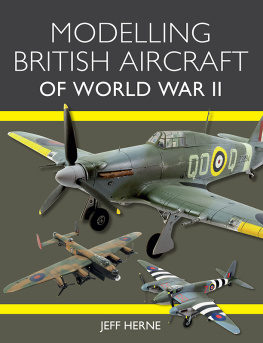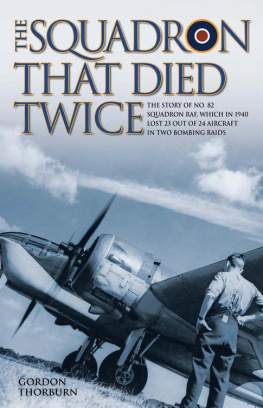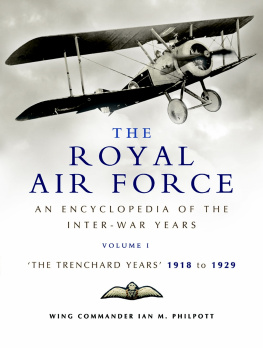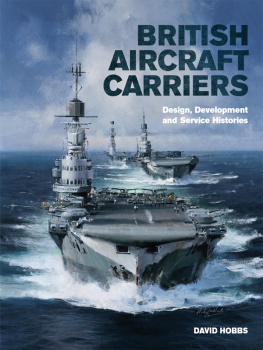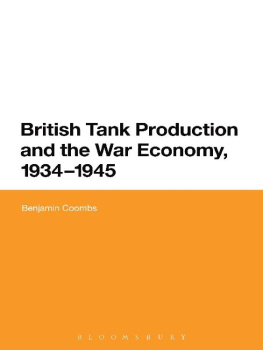INDUSTRY AND AIR POWER
INDUSTRY AND AIR POWER
The Expansion of British Aircraft Production, 193541
SEBASTIAN RITCHIE
First published in 1997 in Great Britain by
Routledge
2 Park Square, Milton Park, Abingdon, Oxon, OX14 4RN
270 Madison Ave, New York NY 10016
Transferred to Digital Printing 2007
Copyright 1997 Sebastian Ritchie
British Library Cataloguing in Publication Data
Ritchie, Sebastian
Industry and air power: the expansion of British aircraft
production, 1935-41. - (Studies in air power)
1. Aircraft industry - Great Britain - History
I. Title
338.4762910941
ISBN 0-7146-4724-1 (cloth)
ISBN 0-7146-4343-2 (paper)
Library of Congress Cataloging-in-Publication Data
Ritchie, Sebastian, 1963
Industry and air power: the expansion of British aircraft production, 1935-41 / Sebastian Ritchie.
p. cm. (Routledge seriesstudies in air power)
Includes bibliographical references and index.
ISBN 0-7146-4724-1 (cloth) - ISBN 0-7146-4343-2 (pbk.)
1. Aircraft industryMilitary aspectsGreat BritainHistory. 2. Airplanes, MilitaryGreat BritainHistory. I. Title.
II. Series.
HD9711.G72R57 1996
338.4762913'094109043dc20 | 96-43588
CIP |
All rights reserved. No part of this publication may be reproduced in any form, or by any means, electronic, mechanical, photocopying, recording or otherwise, without the prior permission of Routledge.
Publishers Note
The publisher has gone to great lengths to ensure the quality of this reprint but points out that some imperfections in the original may be apparent
For Owen, and in Memory of Paddy
Contents
The editorial intention of the Cass Air Power Studies Series is to explore all aspects of air power, including themes and topics which have previously been neglected. The economic and industrial foundation of air power is one such theme, and Dr Ritchies work is among the first to study the subject in depth.
The period immediately before the Second World War was a particularly crucial one, which saw the industrial capacity put in place to underpin Britains air effort during the conflict. The author examines the relationship between industry and the state at a time when increasing tension resulted in large government contracts. Simultaneously, however, conflicting political aims, for example the immediate desire for large shop-window deterrent forces as opposed to the longer-term need for war-capable air forces, produced contradictions in official policy. These in turn induced strains in the relationship between government and industry, and within the machinery of state itself. Dr Ritchie explores these varying factors using not only the official papers on which much existing scholarship has been based, but also surviving company papers. The result is an admirably balanced account.
He also challenges some more recent scholarship which has sought to suggest that the aircraft industry immediately before the war was a paradigm for British inefficiency and industrial decline. He argues instead that there is much to be admired in the policies and achievements described here.
SEBASTIAN COX
In preparing this book, I was given access to the archives of three private companies: the Rolls-Royce archive at Derby, the Vickers archive at Cambridge University Library, and the Hawker Siddeley archive at Slough. I was also allowed to consult the archives of the Engineering Employers Federation and those of the British Motor Industry Heritage Trust. I wish to acknowledge with thanks the assistance given to me by all of these organisations, and their permission to reproduce material from their archives.
I would also like to thank the series editor, Sebastian Cox, and Professor Richard Overy of Kings College London, for the invaluable help and advice they provided during the preparation of this book.
Sebastian Ritchie
Abbreviations for archival sources are as follows:
AC Royal Air Force Museum Archive (Handley Page and Bristol Records)
EEFAW Engineering Employers Federation Archive, Modern Records Centre, University of Warwick
EEFAL Engineering Employers Federation Archive, London
HP Handley Page Archive, Royal Air Force Museum
HSA Hawker Siddeley Archive
PRO Public Record Office
ROBN Professor Sir Austin Robinson papers
RRA Rolls-Royce Archive
USSBS United States Strategic Bombing Survey
Vickers Vickers Archive
Weir Lord Weir papers
Abbreviations for committee minutes cited in the notes are as follows:
ACCS Air Council Subcommittee on Supply
ACM NTC Aircraft Manufacturers National Technical Committee of Engineering Employers Federation
AESC Aero-Engine Shadow Committee
ASB Air Supply Board
DGP Director General of Productions meetings
DRC Ministerial Committee on Defence Requirements
S of S EPM Secretary of State for Airs RAF Expansion Progress Meeting
Abbreviations for Air Ministry and Ministry of Aircraft Production Personnel cited in the notes are as follows:
AD Assistant Director
AMDP Air Member for Development and Production
AMRD Air Member for Research and Development
AMSO Air Member for Supply and Organisation
AMSR Air Member for Supply and Research
CAS Chief of the Air Staff
DAP Director of Aeronautical Production
DCF Director of Capital Finance
DD Deputy Director
DGAP Director General of Aircraft Production
DGE Director General of Equipment
DGP Director General of Production
DGPS Director General of Programmes and Statistics
D of C Director of Contracts
D of E Director of Equipment
DS Deputy Secretary
D Stats. P Director of Statistics and Programmes
DUS Deputy Under-Secretary
DTD Director of Technical Development
PAS Principal Assistant Secretary
PS Private Secretary
PSO Principal Supply Officer
PUS Permanent Under-Secretary
S of S Secretary of State
US of S Under-Secretary of State
Other abbreviations:
EEF Engineering Employers Federation
MAP Ministry of Aircraft Production
SBAC Society of British Aircraft Constructors
AEU Amalgamated Engineering Union
MAF Metropolitan Air Force
ACGB Aeronautical Corporation of Great Britain
APD Armaments Profits Duty
EPT Excess Profits Tax
This is both a military and an industrial history. It is a military history in that it examines state armaments procurement policy but it is also intended to contribute to the history of the armaments manufacturing industry. Its subject is one of the largest state-sponsored industrial enterprises in British history: the expansion of the military aircraft industry in the rearmament years of the late 1930s and in the early years of the Second World War.
This is not the first history of the expansion of the aircraft industry but it is the first to be devoted entirely to that subject. The official civil histories of the Second World War were more concerned with state policy than with the performance of industry. Moreover, they dealt with each different aspect of state policy in relation to the armaments industry as a whole.1 Other works have examined the relationship between the airframe industry and the state, and the military aspects of British air policy between the wars.2 Studies have also been made of the political and financial consequences of rearmament.3 However, no individual survey of aircraft production in this period has ever been prepared.


